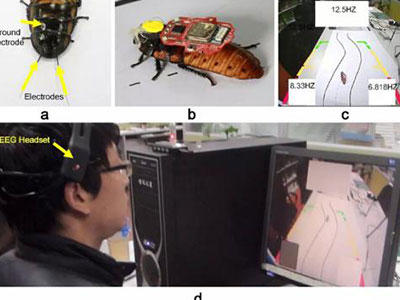This is NEWS Plus Special English.
China and the United Nations Food and Agricultural Organization have signed a 50-million-US-dollar agreement to support developing countries in building sustainable food systems in the fight against extreme hunger and poverty.
The effort is a new contribution to the FAO-China South-South Cooperation Trust Fund. It will support the exchanges of Chinese agricultural experts with countries in the southern globe, particularly in low-income food-deficient areas, over a period of five years.
Chinese officials said that since 1990, China has successfully lifted 138 million of its people out of chronic hunger.
China is the leading agricultural producer among the developing countries. It is ready to enhance cooperation with the FAO. The effort will not only benefit agricultural development, but also the poor and hungry people of the world.

You're listening to NEWS Plus Special English. I'm Mark Griffiths in Beijing.
A student in Shanghai Jiaotong University has made a cockroach move using the human mind.
Li Guang-ye, a postgraduate student of the university, implanted live cockroaches with microelectrodes that stimulate certain nerves in the insects' antennae, allowing him to control the insect using a remote control.
To achieve this, the controller needs to wear a portable wireless brain wave collecting device to ensure the controller's directional intention is recognized by a computer.
Then the computer transfers the directional intention into controlling signal and sends it to the electronic backpack receiver on the back of the cockroach; then according to the commanding signal of the controller, the electronic backpack sends specific pulse to the nerve of the cockroach's antennae which has been implanted with a microelectrode.
By virtue of the Bluetooth communication technology, the controller can form a wireless communication link between the computer and the electronic backpack through intrusive electrical nerve stimulation techniques. This enables the control of the cockroach by human beings.
The invention won a second prize in a nationwide students' video contest earlier this year and will be displayed in one of the top-level technology conferences in China later in 2015.











